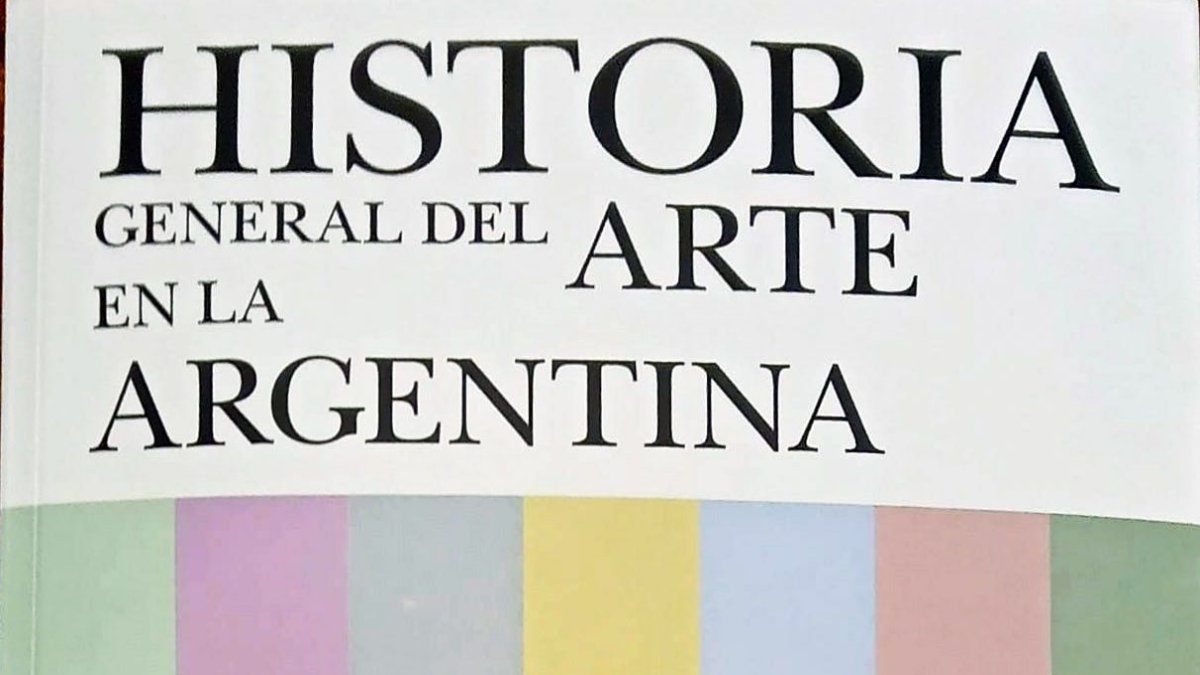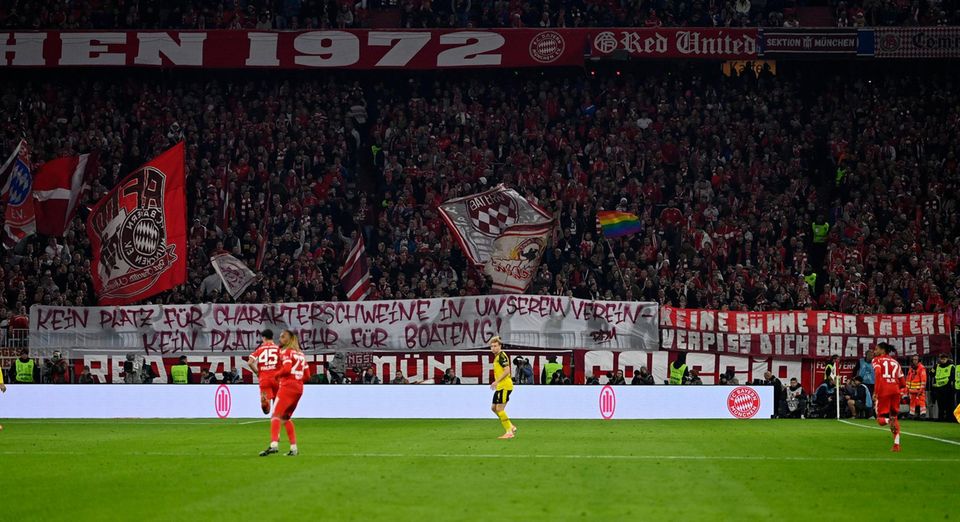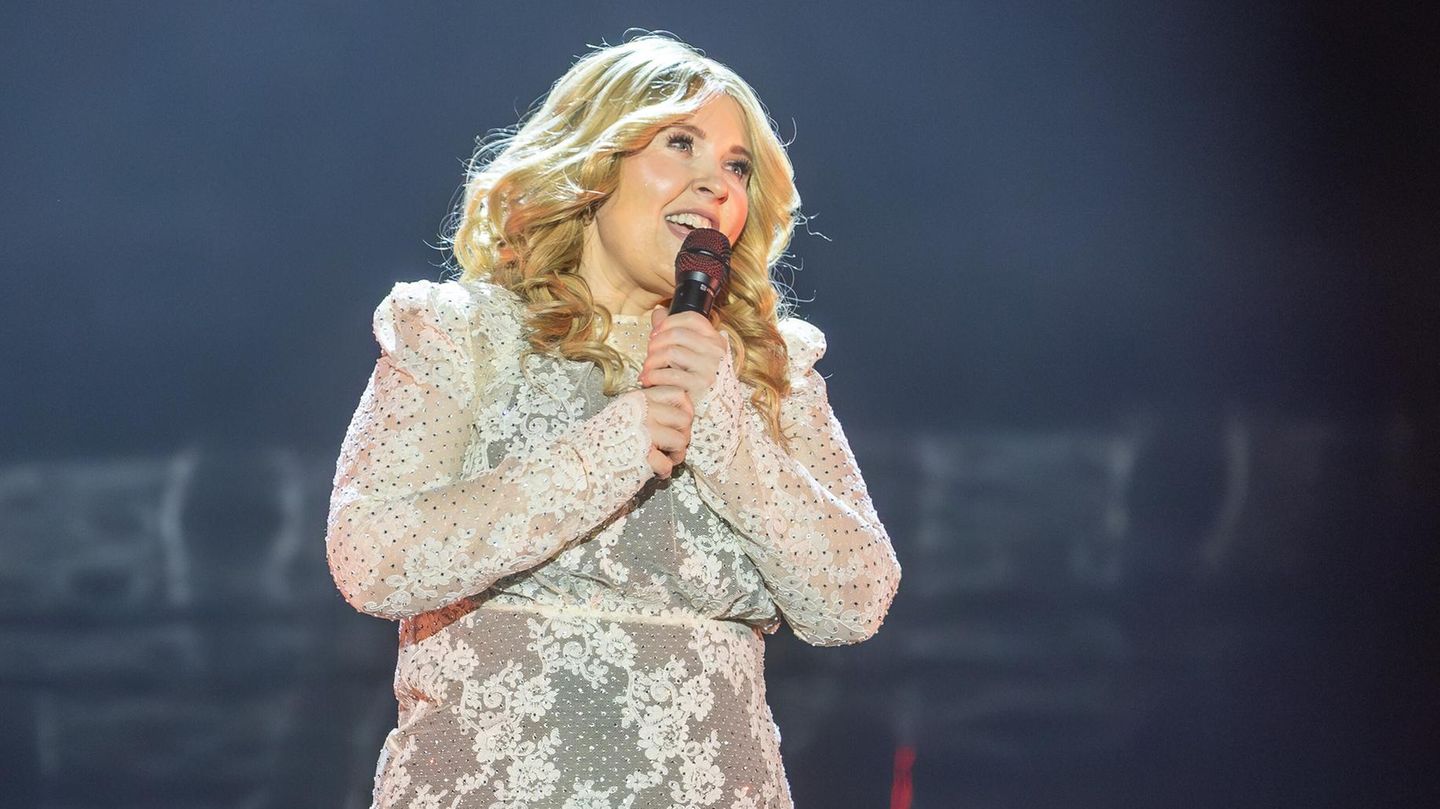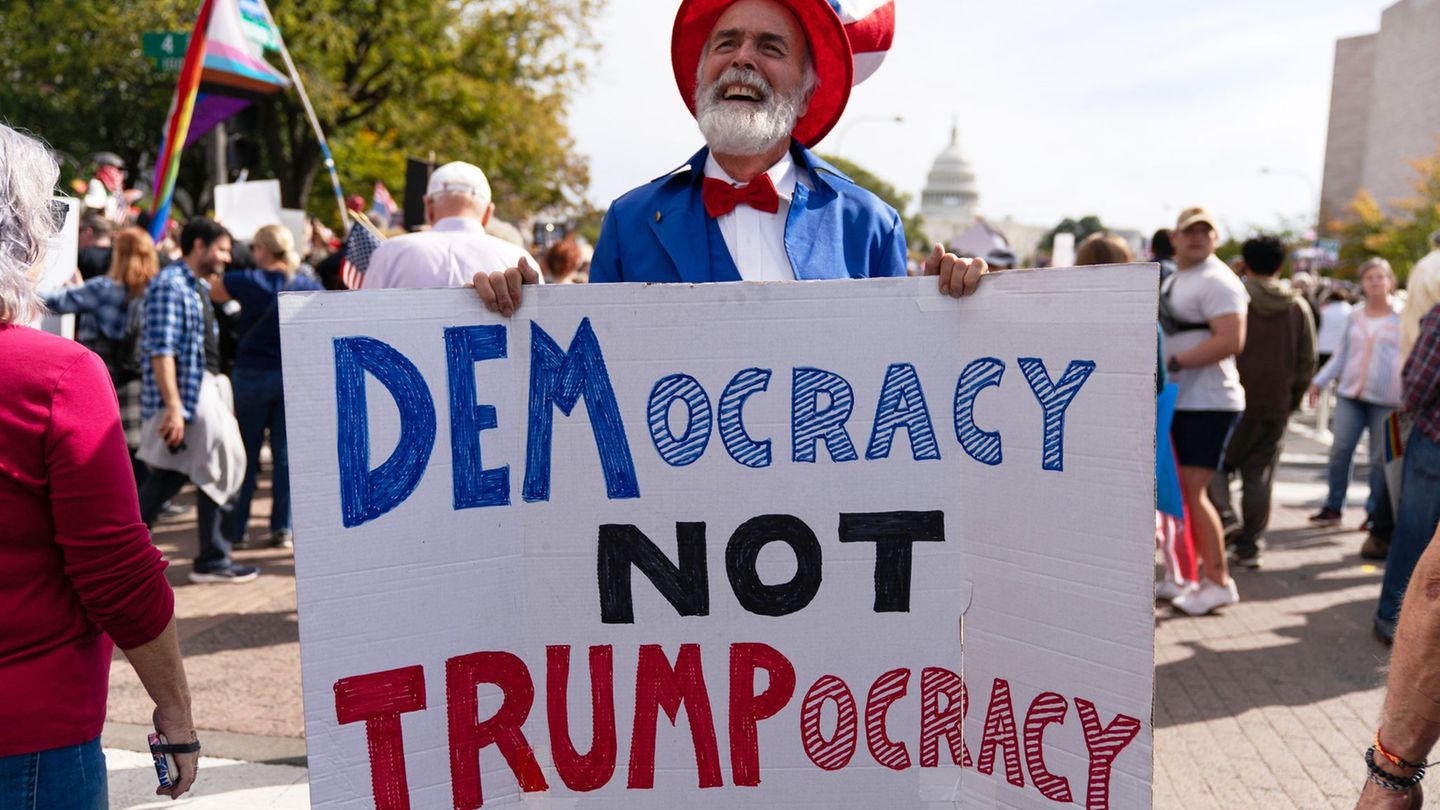Within the field of visual arts, the story gives an account of the effect ofart of action and performance, of artistic collectives and the decentralization of the artistic circuit of Buenos Aires. Digital art, video art and installations in their multiple variants are given a new meaning, as well as proposals addressed from the perspective of gender issues. A section on biennials and art fairs is included. Matilde Marin outgoing President of the Academy, a position that Sergio Baur will occupy, points out that the majority of the texts in this 564-page volume address different artistic issues with a federal focus.
Under the title “They killed her so many times, she was resurrected so many times and always here, retempered in living flesh”, Ana María Battistozzi covers the Painting section. The general consensus of the division by disciplines is no longer valid and is anachronistic for contemporary art. Artists migrate freely from one medium to another. The course of the text indicates the appearance in the first two decades of the 21st century of a important number of artists who chose pictorial practice at a time of boom in new technologies. Highlights the works of Max Gómez Canle, Alberto Passolini, José Luis Landet, Cristina Schiavi, Graciela Hasper, Leila Tschopp, Verónica Gómez, Hernán Salamanco, Paola Vegaamong others.
Maria Carolina Baulo title your essay “The Sculpture- Inhabitant of Space” in which it adopts a working criterion: that the corpus of artists reviewed is a trigger for their link with other artists with similar aesthetics. Firstly, it refers to the legacy of innovative artists, Nora Correas, Hernán Dompé, Lydia Galego, Ana Lizaso, Luciá Pacenza, Claudia Aranovich, Fernández Olivi, Jorge Gamarra, Enio Iommi, Juan Carlos Distéfano, Jacques Bedelamong others that have achieved international recognition. In addition to the artists who have also broken the established canons such as Cristina Schiavi, Paulina Webb, Carola Zech that use various plastic resources.
The list of artists is enormous. Baulo mentions that they create objects, sculptures and installations and approach the multidisciplinary. Among them, Amestoy, Marcela Cabutti, Diego Bianchi and Claudia Fontes.
“Policies of Drawing and its period features”is the topic addressed by Laura Casanovas. Names of prominent artists emerge in addition to those born between the 70s and 80s, Matías Duville, Mauro Giaconi, Rodríguez Giles, Pablo Lehman, Mauro Koliva, Paula Otegui, Matías Ercole, Viviana Blanco, Verónica Gómez, Martín La Rosa, Julián de la Mota. According to Casanovas The renewed prominence of drawing coincides with the beginning of the 21st century. But already in the 90s there are several artists who began the transformation mentioned in a previous volume by Taverna Irigoyen: Ernesto Ballesteros, Marina De Caro, Lux Lindner, Cecilia Ivancevich, Mónica Millán, Beatriz Moreiro, Marcelo Pombo. Other artists like Catalina Chervin, Eduardo Stupía, José Marchi, Diego Perrotta, which constituted a great renovation. On the initiative of Marino Santa Maria The career of National Professor of Drawing was created and the first edition of the Alberto J. Trabucco Award dedicated to this discipline awarded by the National Academy of Fine Arts. The space at the Borges Cultural Center stands out “The line thinks” where 121 exhibitions by 140 artists took place.
Multiple unforgettable exhibitions like the one in 2014 at the Moderno: “The circle walked calmly” a collection of 149 works from the Deutsche Bank along with memorable drawings from the Museum’s collection. Books such as the digital one appeared “Contemporary Drawing in Argentina” of Eduardo Stupia and Cynthia Mesa Since “40 Argentine Cartoonists” there has not been such an exhaustive compilation.
“Between the poetic aesthetic and documentaryism. “The porous limits of photography and its spaces of action” leads as authors to Silvia Pérez Fernández and Veronica Tell. who establish a distinction between artistic, documentary or journalistic photography. The millennium began with a great social outbreak, the critical days of 2001 were recorded, testimony of looting, popular protests and police repression. They mention Gabriel Valansi that toured the center of Buenos Aires at night, the result of which was “Night Shots.”
The illegal detention camps during the dictatorship in Tucumán were searched by Diego Aráuz, Lucila Quieto, and those of the Esma for Ines Ulanovsky. Helen Zout In the first decade of the century he made different series related to persecutions, kidnappings, disappearances, military raids; another renowned artist like Marcelo Brodsky He made, among his vast documentation, “Memory in Construction: the debate on ESMA” and Marcos Zimmerman He dedicated himself to cultural, social, work and religious life in places to which the author returned after decades of having photographed them for the first time.
Names appear like Adriana Lestido, Guadalupe Miles, Alessandra Sanguinetti and other notable names such as Santiago Porter, Juan Travnik, Res, Gian Paolo Minelli. Ananke Asseff It portrays the violence suggested through life-sized, armed people in poses looking at the camera. I couldn’t be absent Marcos Lopez and its Latin Pop with its great staging, as well as Nicola Constantinoprotagonist of his compositions.
Matilde Marín and Leticia Mello set out to document an itinerary that reveals paths that have gone beyond the large centers of artistic production, proposing a decentralization of the discipline of engraving and graphics in general. This approach allows exploring different nuances and perspectives, making visible a federal map that reveals the identity of their respective regions of origin with the contemporary.
This nucleus also has collaborations from Silvia Dolinko about the expanded graph, groups, and the street. Natalia Silberleib deals with artist publications. The multifaceted transformations: volume, body and sometimes, sound. Artists embrace new options that force historians and theorists to delve into new methodologies and criteria. There is a tribute to the founders of the National Museum of Engraving, created in 1960 by oscar and Irene Pecora, whose headquarters are currently located in the Bicentennial House.
The outstanding textile artist Grace Cutuli is the author of “The expressive power of textiles” whose presence has been maintained as an element of cultural orientation. The original cultures, clothing, textile jewelry, textile memory, gender manifestations, social and political complaints, flexible sculptures and the poetics of matter are vindicated to end with textiles linked to cybernetics.
Guillermo Scarabino investigated what happened during seven and a half decades in the Argentine musical environment and according to his words “despite the deep political, social and economic crises”. The result of his research is highly positive, happy creations, the emphasis is also placed on decentralization, the creation of conservatories, choirs, orchestras, vocal and instrumental chamber ensembles.
Jasmine Adler title your essay “Argentine Art and New Technologies – Works, practices and projects in the third millennium” whose arrival “it cannot be thought except in the light of the digital revolution”. Significant names parade: Graciela Taquini, Gabriela Golder, Mariela Yeregui, Gustavo Romano, Art Detroy, Silvia Rivas, Mariano Sardón and Florence Levy.
The influence of Fundación Telefónica, researchers such as Rodrigo Alonso, Norberto Griffathe creation of institutions dedicated to its dissemination that have provided a great boost to the production and exhibition of contemporary works. Elena Oliveras is the author of “Metaphorical Variants in Argentine Art.”
Other nuclei like “Art and gender” by Andrea Giunta, “The visionary faculty of Design” by Maria Beatriz Sauret – Verónica Devalle, “A look from the regions” by Marcos Figueroathe vast nucleus dedicated to Architecture, “Prizes and Art Spaces” by Sergio Baur and Cinthia Mezza as well as the chapter “Legacies” dedicated to the Trabucco Prize and the Klemm Prize complete this valuable editorial project of documentation and registration of our arts initiated in 1982 by the Academy, a way to promote research, creativity, dissemination and protection of the disciplines already established in our culture and also new forms of expression.
Source: Ambito




